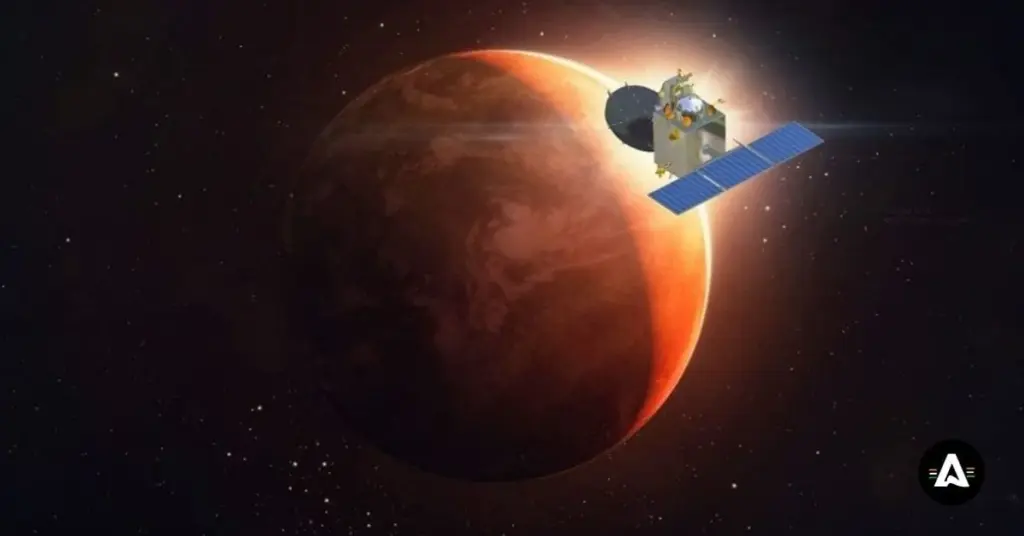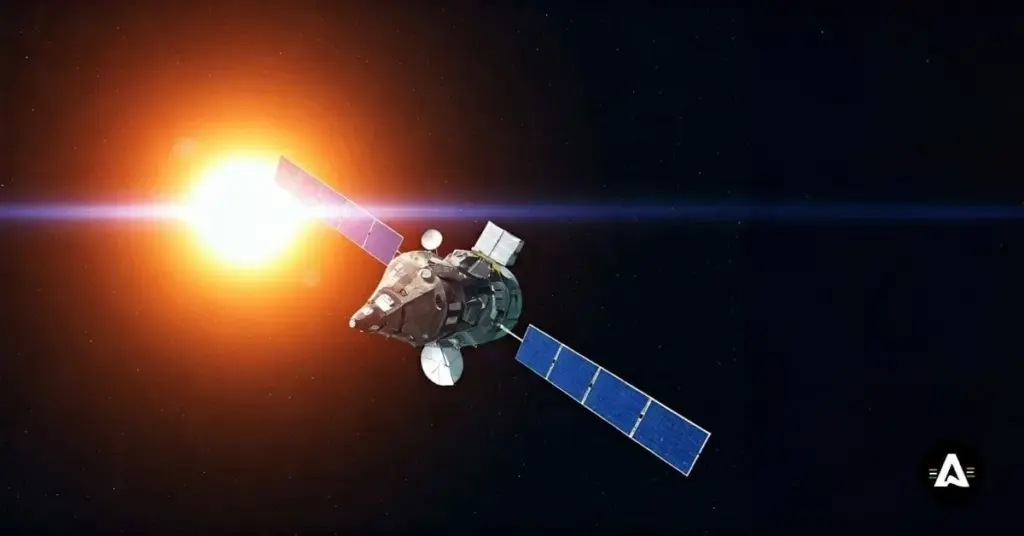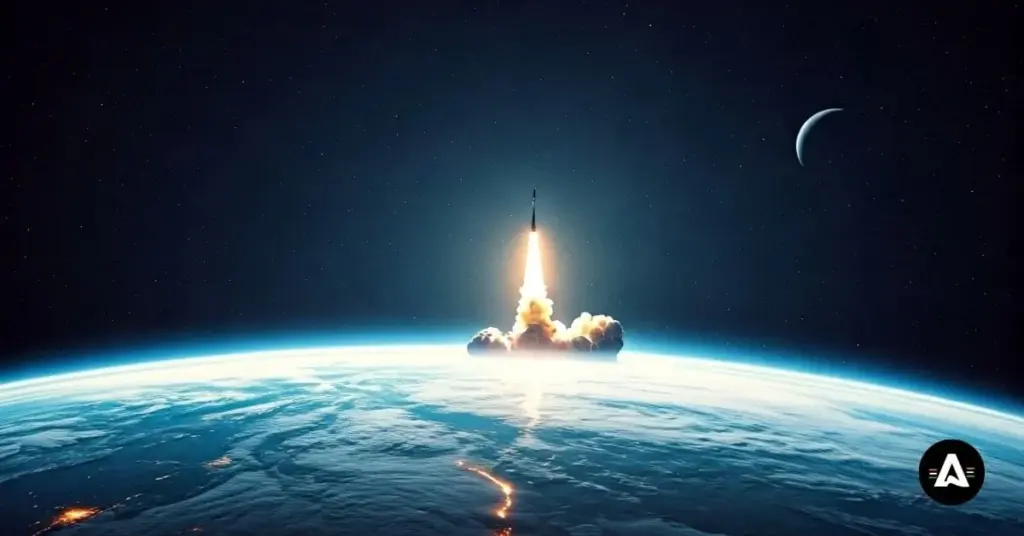Discover 8 Lesser Known ISRO Missions You Never Knew About
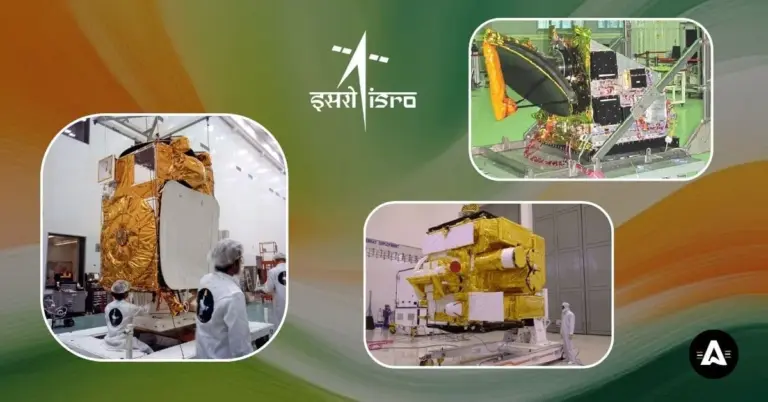
There are quite a few lesser know ISRO missions that show how much the Indian space technology has grown.
The Indian Space Research Organisation (ISRO) has gone far in space research and space exploration. It is known for big missions like Chandrayaan and Mangalyaan.
A few of these less famous projects show off India’s work in satellite launch vehicles and how they help with earth observation.
Some missions like SROSS, Megha-Tropiques, and HySIS have been key for weather tracking, disaster management, and doing science work.
The country’s first satellite, Aryabhata, started it all. It helped make space activities in India stronger and better.
ISRO keeps working on new projects that push the space research forward and help with big problems on Earth. It is also making a mark in the global space economy.
Introduction
The Indian Space Research Organisation (ISRO) is the top space agency of India. ISRO has worked hard to move ahead in space research. Many people know this space research organisation for its big missions to the Moon and Mars. The Moon missions include Chandrayaan, which tried to reach the Moon’s South Pole, and had the Vikram Lander and the Pragyan Lunar Rover. The Mars Orbiter Mission, or Mangalyaan, is also well-known. A high number of satellites added more fame to these trips.
But there are also projects by ISRO that do not get as much attention. One of them is the launch of Aryabhata, the first Indian satellite, which many people do not hear much about. These projects prove that the Indian Space Research Organisation plays a key role in new space exploration. The country’s strong will also comes through in how it uses space technology for problems facing the world. ISRO’s commercial arm has helped with several projects too.
Here, we will talk about eight important but less talked-about ISRO missions. These missions did a lot for the agency, even on their maiden attempt to move space technology forward.
8 Lesser Known ISRO Missions That Deserve the Spotlight
ISRO is a top space research organisation known for its skill in space activities. Some of its space research projects may not get much attention. Even so, these ISRO satellites help people with things like weather updates and disaster management. The Indian Space Research Organization shows how it can use new technology in daily life in a good way through these important works.
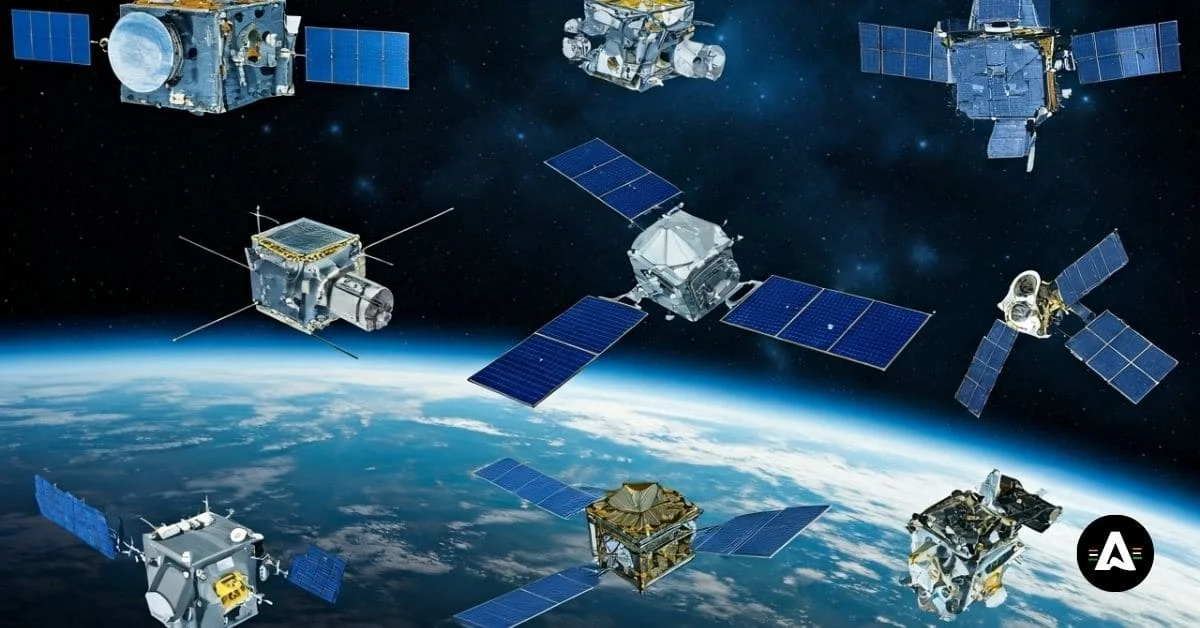
When you look at these smaller wins, you can see how ISRO uses its own launch vehicles, like the geosynchronous satellite launch vehicle, to bring big changes to space research. These efforts help solve real problems people deal with. The Indian Space Research Organization’s journey has many interesting moments. For example, they moved parts for their first rocket on a bullock cart and did their first launch from a church in Kerala. Also, great minds like Dr. Vikram Sarabhai and Dr. APJ Abdul Kalam played a big role and had a strong impact on what ISRO could do. The next part will talk about some of these key but less talked about events in ISRO’s story.
1. SROSS Series – Pioneering Indian Space Science Research
The Stretched Rohini Satellite Series (SROSS) was an important project for ISRO in space technology. From 1988 to 1994, these satellites went into space and sent back useful satellite data. This data helped people in India with space research and space exploration during that time. The team in India worked on this series with help from the Physical Research Laboratory and the Indian National Committee for Space Research.
Most of these satellites were used for science tests. The SROSS missions studied gamma-ray bursts and looked at what was happening in the ionosphere. Because of this, there was more interest in space from people around the world. At the same time, India also learned more about space through these missions.
Even though not many people knew about it at the time, the SROSS mission series helped ISRO get better at its technical skills for the future. These satellites showed that India was ready right from the start to do important work in space research and space exploration. The work also pointed out the chance to launch satellites from a real launch site using the Polar Satellite Launch Vehicle. India did this by working together with other space agencies, like the European Space Agency, to put satellites into a synchronous polar orbit.
2. Megha-Tropiques – Advancing Tropical Weather Monitoring
The Megha-Tropiques was a project that India worked on with France. This satellite was sent into space in 2011. It helps with earth observation, mostly in areas with tropical weather. Megha-Tropiques gives new satellite images and important data for disaster management. It lets people track cyclones and other storms. This helps warn about weather that can bring harm to people.
With the way it went around the Earth, Megha-Tropiques could keep watching the same tropical areas many times. This was a crucial role because it helped experts see how clouds and rain move. It also showed what can happen during the monsoon seasons. The info and images from this mission were shared with people all over the world. This helped space exploration and made the space economy work better with each other.
The Megha-Tropiques mission showed that space can be used for real, everyday problems people have. By working together and sharing information from around the world for big weather reports, it helped people know more and respond better to the weather. Because of this, the work by ISRO in meteorological science became important. What this satellite has given is still making it easier for many countries to deal with climate events.
3. AstroSat – a Satellite for Astronomical Observations.
A big moment in India’s space exploration came in 2015 when they sent Astrosat into space. This was the first time India started to do multi-wavelength astronomy. It also followed the work of ancient Indian math experts, who helped make way for new science. The satellite was built with many different tools to study objects in space. Astrosat was sent up during a time when space research was growing fast, just like during the days of the Soviet Union. It had high-tech equipment and helped a lot in moving India forward in space research. Astrosat sent back useful data about powerful energy events far out in the universe. One great thing about Astrosat was that it could see space in many wavelengths all at once. That made it stand out from the rest. Because of this, India became the fourth country in the world to put up a satellite only for astronomy.
4. SARAL / Altika – an Indo-French Oceanography Mission
Launched back in 2013, SARAL (Satellite with ARGOS and ALTIKA) is a big move forward for oceanography and climate studies. A very accurate tool on the satellite helps measure sea surface height. This way, people can see how oceans move all over the world. The project is the work of both the Indian Space Research Organisation and the French space agency. It shows that India is serious about its space research and where its space research organisation is going. With new technology from SARAL, researchers now get better data on how ocean currents affect climate. This information is very useful for disaster management and urban planning in different countries.
5. HySIS – Hyperspectral Imaging Satellite
The Hyper Spectral Imaging Satellite (HYSIS) went up in 2018. It was a big step in earth observation and space research. This satellite can take sharp pictures in many colors, called spectral bands, with ISRO satellites’ technology. Because of this, people can study land resources, plan cities, and watch over the environment now better than before. HYSIS plays a crucial role in disaster management by giving important satellite data. This helps people check damage when there are natural disasters. This work from the Indian space research organisation proves how strong they are in space research. It also puts India forward in global space exploration.
6. ScatSat-1 – Cyclone Tracking Space Project
Launched in 2016, SCaTSat-1 was a big step for India in space research. The main goal of this satellite mission was to help the country get better satellite data for weather forecasting and cyclone tracking. This was very useful for disaster management. By using a synthetic aperture radar, it gave timely information. People in urban planning and farming use this data a lot. This mission is part of ISRO’s larger plan to use space technology for the good of people in the country. It proves that India wants to make space research help everyone. It also helps the country take part in the global space economy and makes its skills in meteorology even better.
7. YouthSat – a Minisat by Students
The YouthSat mission, launched in 2011, was a team effort between ISRO and many colleges. This project was made mainly to teach and get students interested in space research. It gave high-resolution satellite data for use in things like urban planning and disaster management. This help made young researchers better at what they do. The project also worked to build a good base for India’s space program. It got more people to take part in space exploration and to work on new space technology.
8. Kalpana-1 – Geostationary Meteorology Satellite
Launched in 2002, Kalpana-1 was a big step for space research in India. It was the first satellite from the Indian Space Research Organisation that was made just to watch the weather. This satellite helped start new solar mission projects later. Kalpana-1 was named after Dr. Kalpana Chawla, who was a famous astronaut.
Kalpana-1 played a crucial role in disaster management. The real-time data it sent made it easier for people to know what is coming and get ready. It was very helpful to have this data for weather forecasting, city planning, and better farming.
This satellite helped make the Indian Space Research Organisation stronger. Kalpana-1 made it possible to start new ways to check the environment and see how our climate is changing. It showed how space research could help people in their daily lives.
Conclusion
In the end, these smaller ISRO missions are very important. They show how India works hard to get ahead in space science and technology. Each one helps us learn more about space. They also help us with things like weather updates and taking care of our resources. When we read about these lesser-known missions, we see all the hard work ISRO does, not just for the big missions but for everything they do. It is good for people to know and value the new ideas and research that come from these missions. If you want to know more about ISRO and its role in space exploration, you can find more information and resources online.

